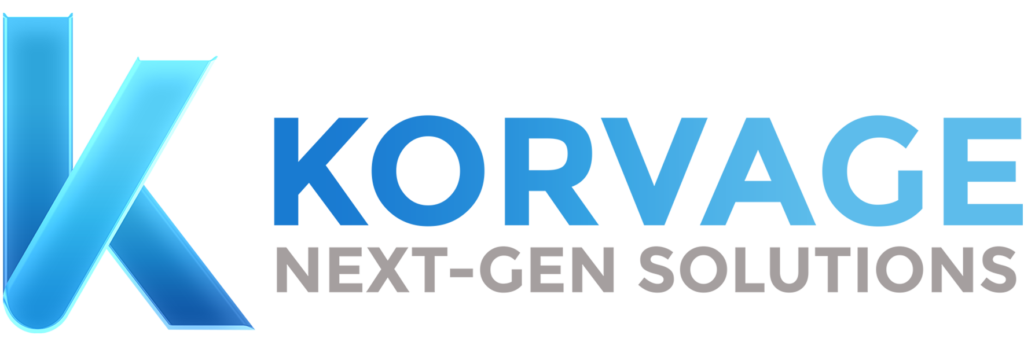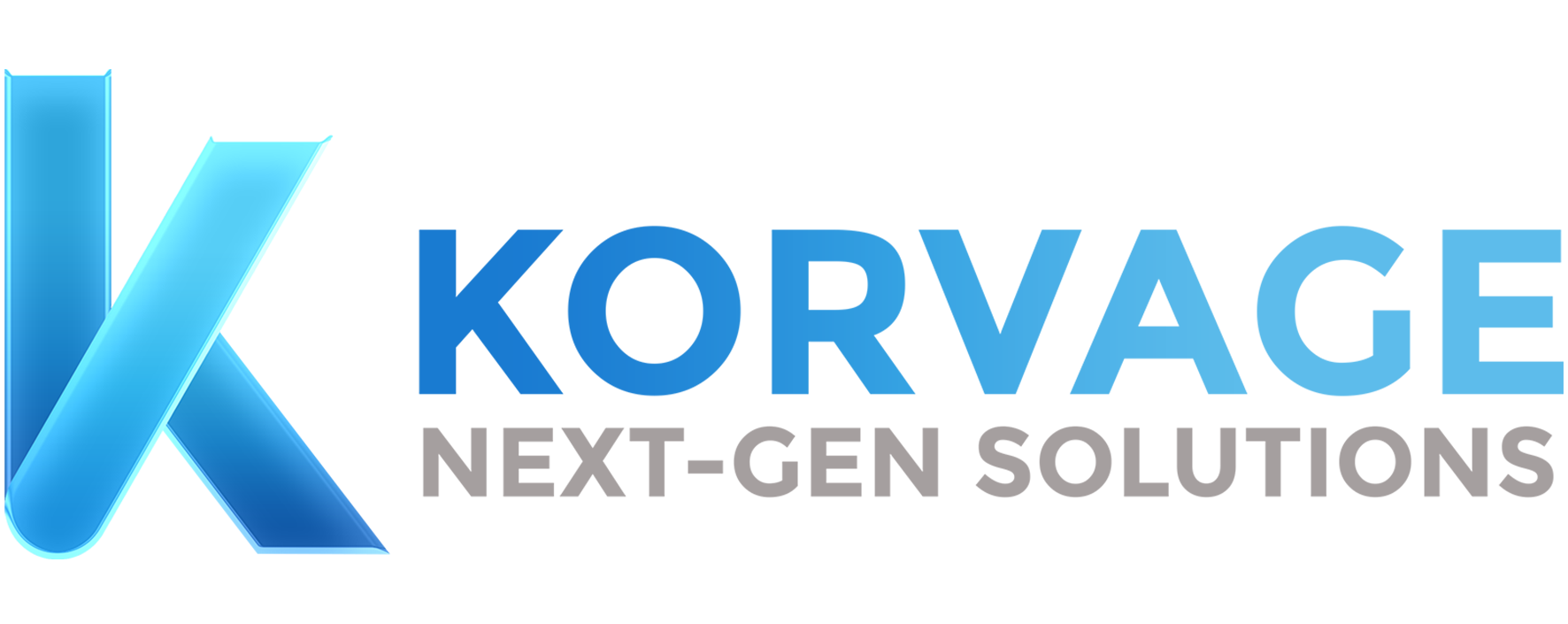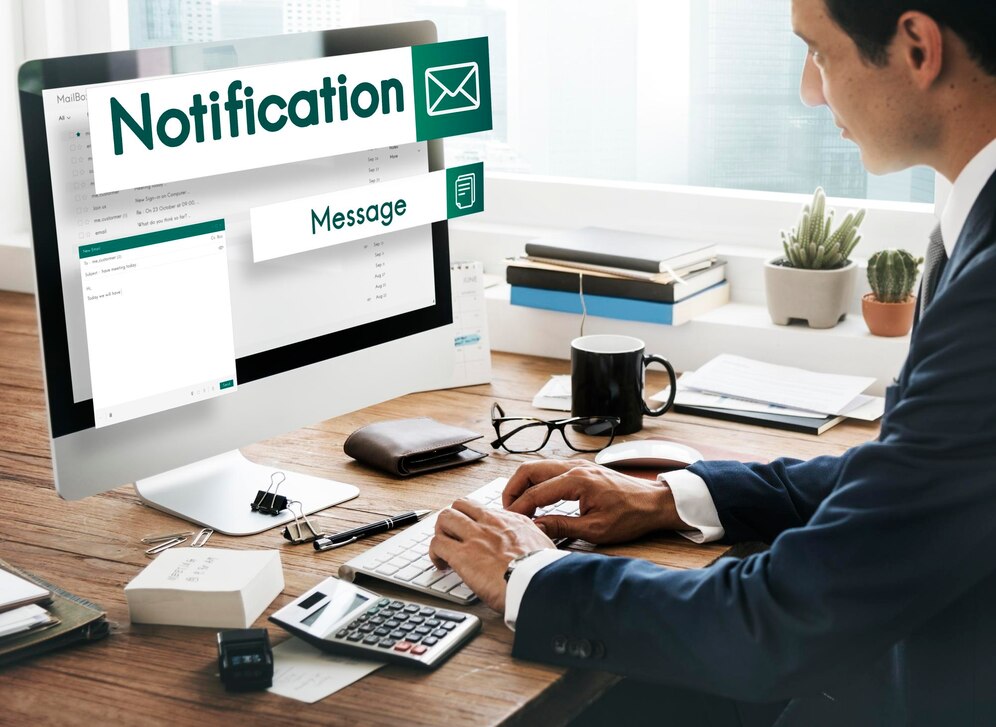Email Marketing Best Practices for Increased Engagement

Introduction
In today’s digital age, email marketing remains a powerful tool for businesses to engage with their audience, drive sales, and build brand loyalty. However, with the deluge of emails flooding inboxes daily, it’s crucial for marketers to adopt best practices to cut through the noise and capture the attention of their recipients. In this article, we will explore effective strategies to enhance email engagement and maximize the impact of your campaigns.
Crafting Compelling Subject Lines
Personalization is Key
- Incorporate the recipient’s name or personalized details to grab their attention.
- Use dynamic content to tailor subject lines based on the recipient’s preferences or behaviors.
Urgency and Curiosity
- Create a sense of urgency with time-bound offers or limited-time promotions.
- Spark curiosity with intriguing subject lines that entice recipients to open the email.
A/B Testing
- Experiment with different subject line variations to identify what resonates best with your audience.
- Test emojis, capitalization, and different phrasing to optimize open rates.
The subject line should be the first attraction which creates an impression on your audience.
Engaging Content and Design
Clear and Concise Messaging
- Keep your content focused and to the point to maintain the recipient’s interest.
- Put related visuals and multimedia elements to enhance the email’s visibility.
Personalization Beyond the Subject Line
- Tailor the email content based on the recipient’s interactions with your brand.
- Use some recommended products or services based on their past purchases or previous searches.
Mobile Optimization
- Ensure your emails are mobile-responsive to provide a seamless viewing experience on all devices.
- Optimize for quick loading times and easy navigation on mobile screens.
Strategic Call-to-Actions (CTAs)
Placement and Visibility
- Position your CTAs prominently within the email layout for easy access.
- Use contrasting colors and persuasive language to draw attention to your call-to-action buttons.
Compelling Message
- Clearly communicate the value proposition of clicking on the CTA.
- Create a sense of urgency with action-oriented language to prompt immediate response.
Testing and Analysis
- A/B tests different CTA placements, colors, and messaging to optimize click-through rates.
- Analyse click heatmaps and conversion data to refine your CTA strategy over time.
Segmentation and Personalization
Audience Segmentation
- Segment your email list based on demographics, past interactions, or purchase history.
- Deliver targeted content to different segments to increase relevance and engagement.
Automated Triggered Emails
- Set up automated triggered steps by pointed actions or milestones.
- Send personalized emails at the right time based on the recipient’s behavior.
Dynamic Content
- Use dynamic content blocks to personalize emails based on the recipient’s preferences.
- Tailor product recommendations, content, or offers dynamically to enhance engagement.
Conclusion
In conclusion, implementing effective email marketing best practices is essential to boost engagement, drive conversions, and strengthen customer relationships. By crafting compelling subject lines, delivering engaging content, optimizing CTAs, leveraging segmentation and personalization, and analyzing performance data, you can elevate the impact of your email campaigns and connect with your audience on a deeper level. Remember, the key to success lies in continuous testing, optimization, and staying attuned to your subscribers’ preferences. Email marketing done right can be a powerful tool in your digital marketing arsenal.
Visit Our Site for more information www.korvage.com




